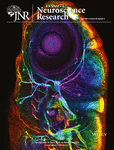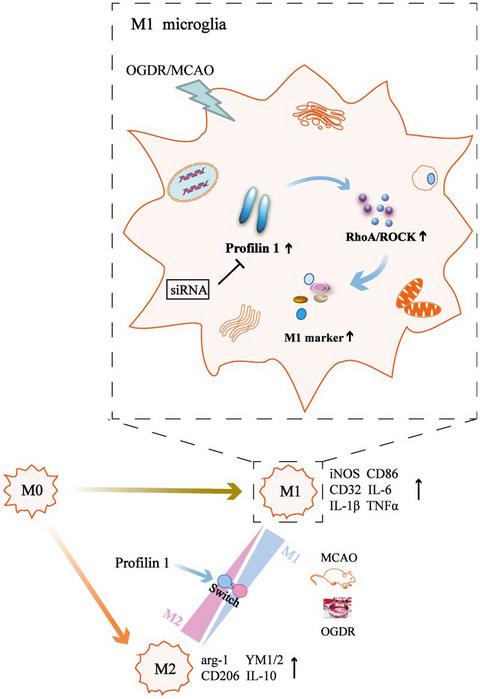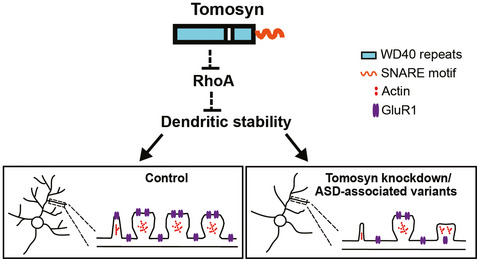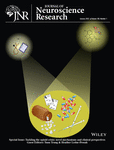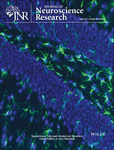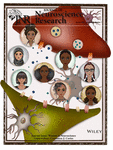Journal list menu
Export Citations
Download PDFs
ISSUE INFORMATION
LETTER TO THE EDITOR
Advancing zebrafish as a model for studying developmental neurotoxicology
- Pages: 981-983
- First Published: 30 March 2020
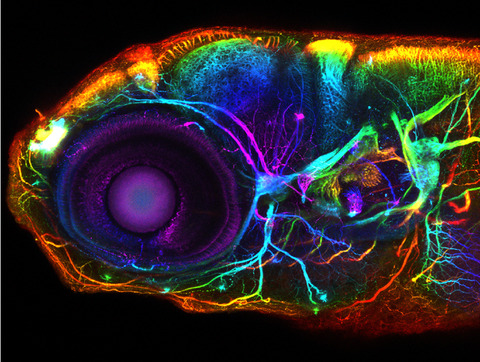
The cover photo shows the developing zebrafish nervous system at 5 days post-fertilization. Axon tracts are labeled with an anti-acetylated alpha tubulin antibody. The image, which was acquired on a Zeiss LSM 880 confocal microscope, is a maximum intensity projection of a z-stack that has been color-coded for depth. Major brain regions such as the olfactory bulb, forebrain, habenula, optic tectum, cerebellum, hindbrain, and eye are identifiable. This image is part of a study (Plavicki Lab, Brown University) focused on understanding the impact of toxicant exposures on brain development and activity with the goal of identifyingenvironmental factors that contribute to the etiology of neurodevelopmental disorders.
COMMENTARY
MINIREVIEWS
Fractionating the all-or-nothing definition of goal-directed and habitual decision-making
- Pages: 998-1006
- First Published: 23 October 2019
REVIEW
The two-step task, avoidance, and OCD
- Pages: 1007-1019
- First Published: 13 April 2020
MINIREVIEW
Involvement of the rodent prelimbic and medial orbitofrontal cortices in goal-directed action: A brief review
- Pages: 1020-1030
- First Published: 10 December 2019
REVIEWS
Interfacing behavioral and neural circuit models for habit formation
- Pages: 1031-1045
- First Published: 08 January 2020
Heterogeneity in striatal dopamine circuits: Form and function in dynamic reward seeking
- Pages: 1046-1069
- First Published: 13 February 2020
Mirror neurons and their relationship with neurodegenerative disorders
- Pages: 1070-1094
- First Published: 23 January 2020
Therapeutic implications of circadian clocks in neurodegenerative diseases
- Pages: 1095-1113
- First Published: 12 December 2019
RESEARCH ARTICLE
Short photoperiod restores ventral subicular lesion-induced deficits in affective and socio-cognitive behavior in male Wistar rats
- Pages: 1114-1136
- First Published: 02 March 2020
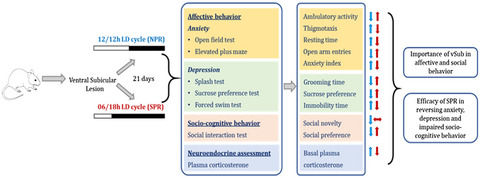
The efficacy of circadian manipulation on affective and socio-cognitive functions were studied in ventral subicular lesioned (VSL) rat model of cognitive impairment. Bilateral VSL resulted in anxiety, depression, and impaired social behavior. Further, these VSL-induced behavioral deficits were ameliorated by exposure to short photoperiod (06/18 hr light-dark cycle) for 21 days.
REVIEW
Sleep, brain development, and autism spectrum disorders: Insights from animal models
- Pages: 1137-1149
- First Published: 25 March 2020
RESEARCH ARTICLE
The neural correlates of mindfulness-induced depression reduction in adults with autism spectrum disorder: A pilot study
- Pages: 1150-1161
- First Published: 23 February 2020
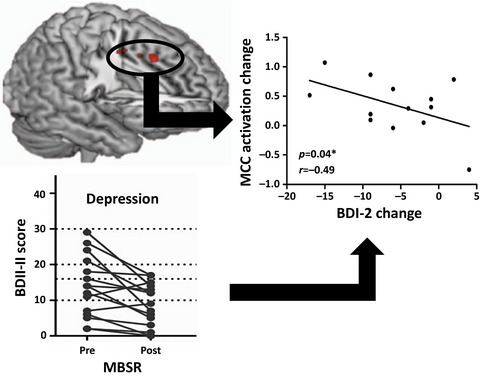
Mindfulness-based therapy reduces depression in adults with autism and increases middle cingulate cortex activation during self-reflection. Greater reductions in depression were associated with greater increases in middle cingulate activation, suggesting a potential therapeutic mechanism of mindfulness.
REVIEW
Towards an understanding of Angelman syndrome in mice studies
- Pages: 1162-1173
- First Published: 22 December 2019
RESEARCH ARTICLE
Neuroendocrine function and associated mental health outcomes following mild traumatic brain injury in OEF-deployed service members
- Pages: 1174-1187
- First Published: 11 March 2020
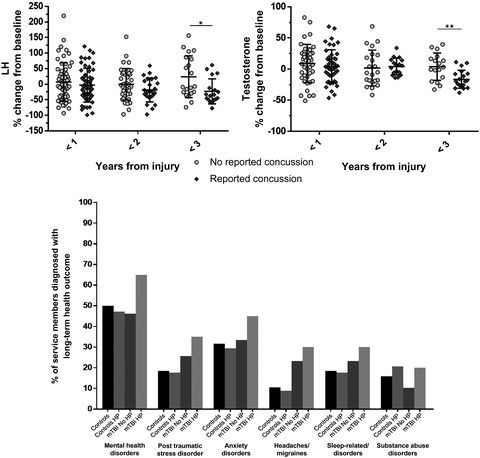
Chronic reduction in luteinizing hormone and testosterone (gonadotropin deficiency and hypogonadism). Neuroendocrine dysfunction and mild traumatic brain injury associated with mental health disorder (MHD) diagnosis. Long-term neuroendocrine dysregulation in a deployed, chronically stressed military population associated with MHDs.
MINIREVIEW
Roles of GluN2C in cerebral ischemia: GluN2C expressed in different cell types plays different role in ischemic damage
- Pages: 1188-1197
- First Published: 10 December 2019
RESEARCH ARTICLES
Profilin 1 knockdown prevents ischemic brain damage by promoting M2 microglial polarization associated with the RhoA/ROCK pathway
- Pages: 1198-1212
- First Published: 14 April 2020
Tomosyn regulates the small RhoA GTPase to control the dendritic stability of neurons and the surface expression of AMPA receptors
- Pages: 1213-1231
- First Published: 04 March 2020
Purinergic modulation of neuronal gap junction circuits in the CNS of the leech
- Pages: 1232-1249
- First Published: 25 February 2020
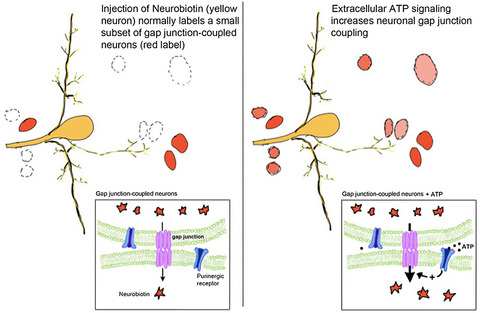
Electrical synapses in animals can display considerable variability in their permeability and conductances. This study documents how adenosine triphosphate exposure can significantly increase both of these measures in the nervous system of the medicinal leech. These findings highlight a robust mechanism for modifying neuronal circuits and which allows the rapid recruitment of neurons into active networks and promotes the entrainment of synchronized bursting activity.




